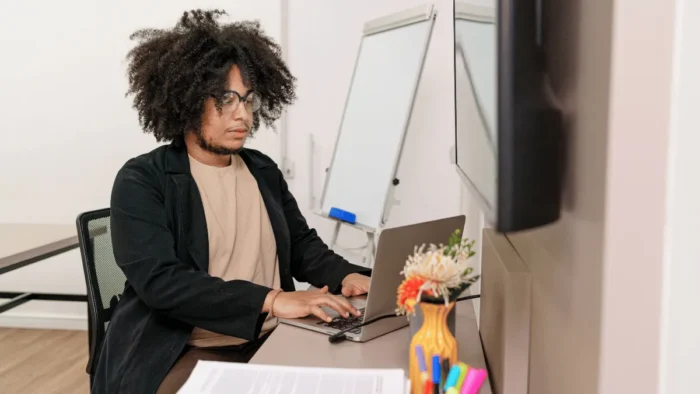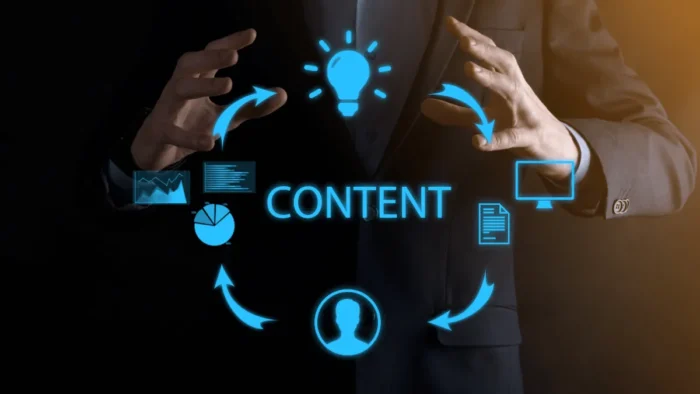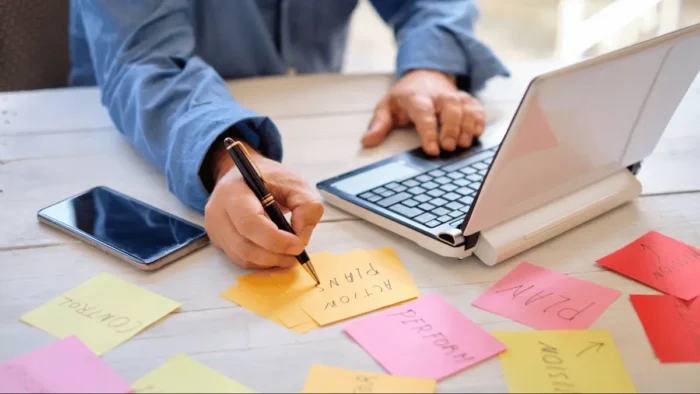Are you a teacher looking for ways to liven up your classroom and engage your students in meaningful learning experiences? Educators work hard to create interesting and engaging content that captivates learners. But sometimes, it can be difficult to come up with creative ideas that will capture the attention of students while also helping them develop important skills.
In this blog post, we will discuss some effective strategies for creating interesting and engaging content for students so they can learn effectively, enjoy their studies and truly take something away from every lesson. Read on to find out more!
Identify Your Audience
As a teacher, it’s important to understand your students and what they’re looking for in order to provide them with the best education possible. By tailoring your content specifically to their needs and interests, you’re able to create a more engaging and effective learning experience.
Take the time to get to know your audience, whether it’s through surveys or one-on-one conversations, and adjust your teaching methods accordingly. By doing so, you can create a more immersive and personalized learning environment that will benefit your students both in the short term and for years to come.
So, make it a priority to identify your audience and understand their unique needs – it’s an investment that pays off in big ways. From an Evergreen online course to a project-based curriculum, your content will be more effective and engaging when tailored to the individual needs of each student. Plus, they’ll appreciate the effort and be more likely to engage with the material.
Use Visuals For Engagement
Incorporating visuals in your content is becoming increasingly important in today’s digital age. With information overload and shortened attention spans, it’s essential to grab your audience’s attention quickly and keep them engaged.
Using visuals such as videos, photos, charts, and infographics can help make complex concepts easier to digest. Plus, they add visual interest and keep students entertained while also providing valuable information.
Plus, visuals are great for reinforcing key concepts and making abstract ideas more concrete. They can help to make the material more memorable, which is essential for retaining new information.

Utilize Interactive Content
Do you remember just sitting in class, passively listening to a teacher drone on and on? It’s no wonder that so many students struggle to retain the information they’re being taught. That’s where interactive content comes in!
By creating quizzes, polls, and assessments that require active participation, not only are students more engaged, but they’re more likely to remember the material. Plus, it’s always satisfying to see that little green checkmark indicating that you got the answer right! Utilizing this type of content is a no-brainer in today’s tech-savvy world.
Include Variety
Varying your content is essential for keeping students engaged. If it’s always the same formula, they’re likely to get bored and start tuning out. That’s why it’s important to switch things up occasionally, such as introducing new types of media or adding some fun activities into the mix.
For example, if you’re teaching a history lesson, why not include a quiz or game to make the material more fun and interesting? Or, if you’re teaching about literature, try creating some videos or podcasts to bring the material to life. The possibilities are endless!
Encourage Collaboration
Collaboration is an essential aspect of learning that helps students to build a strong sense of community. Allowing students to work together on projects or assignments creates a collaborative environment that benefits everyone involved.
When students collaborate, they share ideas, brainstorm solutions to problems, and provide each other with feedback. This fosters creativity, critical thinking, and communication skills which are all crucial for success in today’s world.
Creating a collaborative classroom environment helps develop a sense of belonging, which encourages students to work together and support one another. By encouraging collaboration, we are not only building a sense of community but also preparing students for future success.
Conclusion
Creating interesting and engaging content for students can be a challenging task, but there are ways to make it easier. When creating content, it’s important to understand the audience – what they need and want – and tailor the material accordingly.
Additionally, incorporating visuals such as images, charts, graphs, and videos can help capture your audience’s attention. Interactive activities like quizzes or polls also promote active learning and make learning relevant by connecting education with actual-life examples.
Finally, make sure to provide variety in the content – mix up different types of media such as articles, presentations, or games with collaboration activities for the best outcome. With some creativity and knowledge about the subject matter at hand, you can create compelling content that will draw in your students and ensure they keep coming back for more.





